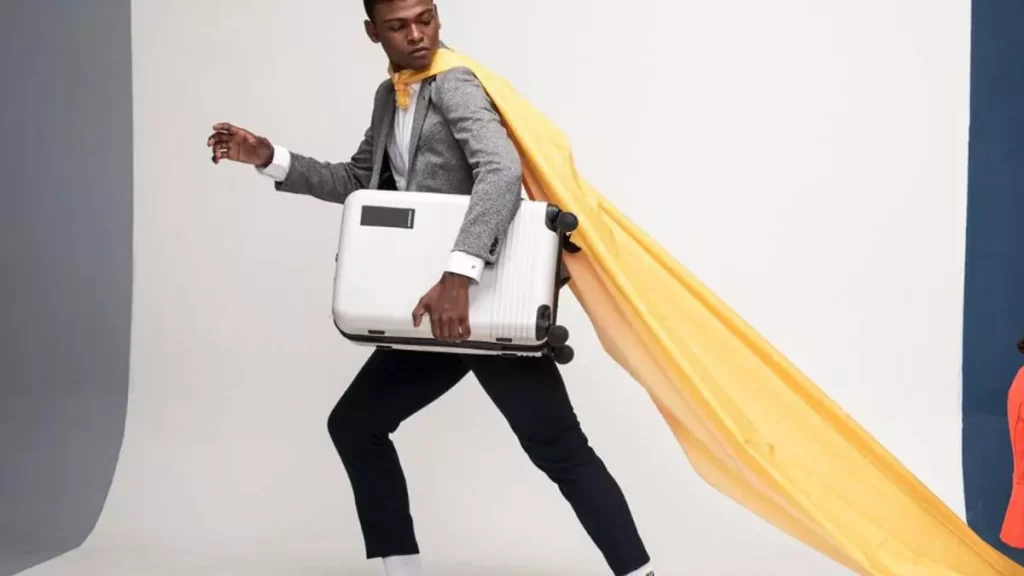Every so often, I deconstruct the playbook of an Indian consumer brand that I admire and have used. And if I can, I add my two paise of advice.
Today, the spotlight is on Mokobara.
Here’s what this edition covers.
- The category of one framework: to become a category of one, a business must create a moat in consumers’ minds.
- Mokobara’s three-pronged strategy targets a specific psychographic audience
- It is the Veronica to the Betty of other luggage brands
- Diversify beyond suitcases and to offline stores
- Influencers, exclusive drops, and collabs solidify their brand personality
- Suggestion: They could amp up their cool quotient even more – both in product and brand.
For most consumer businesses, their product+brand bundle becomes a moat

The more relevant, unique, and credible the bundle, the less vulnerable the moat.
Balancing the yin and yang of product and brand demands the delicacy of a Geisha performing a fan dance on a bed of daggers.
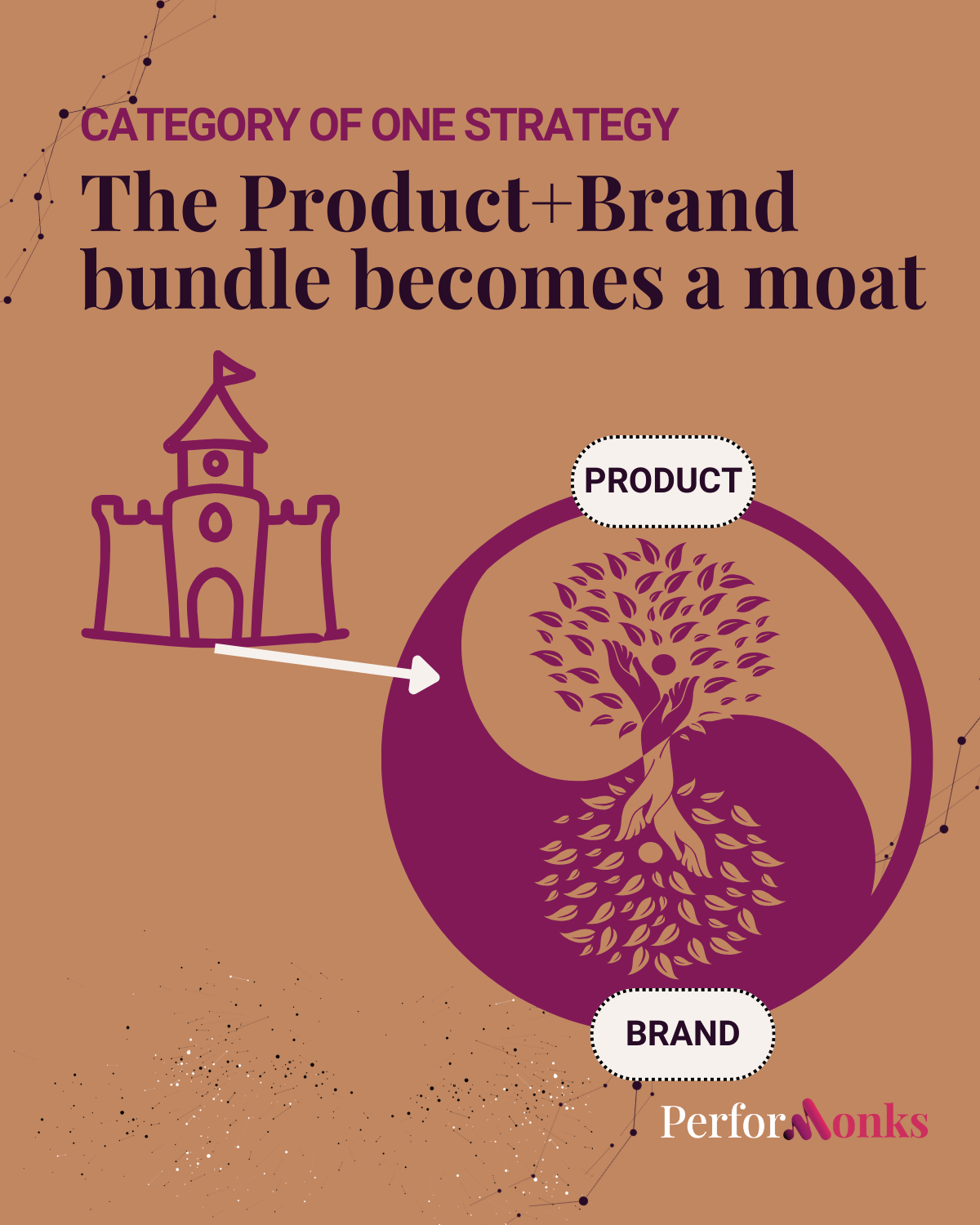
Sometimes, the brand outweighs the product delivery—like the Archies movie. Other times, the product is great but lacks proper branding—like The Elephant Whisperers, which gained visibility in India only after the Oscar win.
Mokobara’s playbook nails this balance through a three-pronged strategy:
1. It is the Veronica to the Betty of other luggage brands
A newcomer to a saturated market can quickly win market share by jazzing up what seems like ‘ordinary’ products.
Method disrupted the cleaning category by hiring Ideo to make their packaging as attractive as a candy jar is to a toddler. [Source]
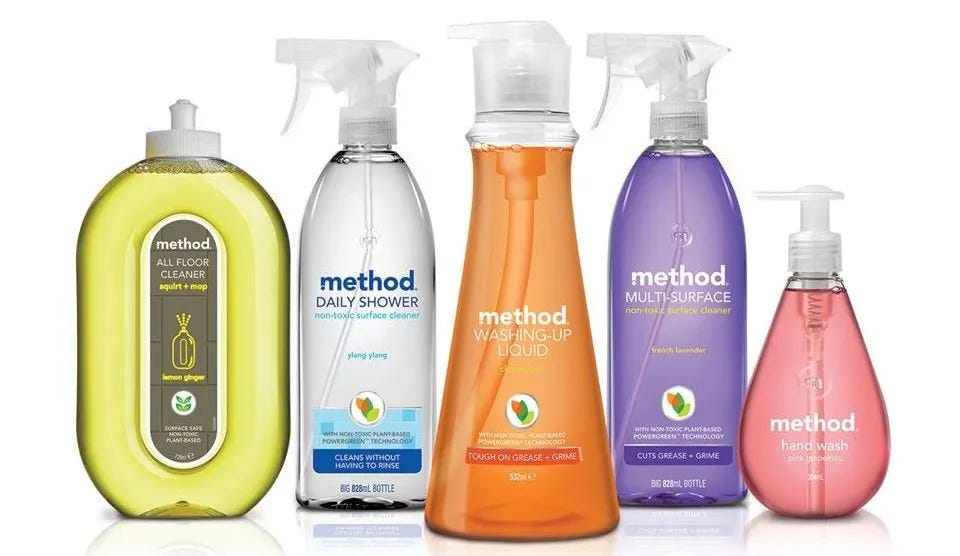
Method disrupted the boring functional packaging of cleaning products by making packaging that looked delicious enough to lick
Just like cleaning products, luggage is well-penetrated. We all own a suitcase or two, but they gather dust at the top of a cupboard until we have to travel. We think of luggage as ordinary but reliable, like Betty (of Archies fame).
Like Method, Mokobara also differentiated through product design. They hired a London-based agency, Morrama, to design their first product and the overall design language.
Funky colors, cool functionality like phone charging, and bright yellow lining have made them the Veronica of the luggage category.
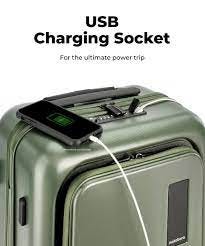
Diversify beyond suitcases and into offline stores
Mokobara targets affluent youth who derive badge value from well-designed travel accessories and are willing to pay a premium. Even for this audience, luggage is an infrequent purchase.
To get more share of pocket from the same audience, Mokobara is widening its product range. It calls itself a ‘travel company,’ not just a luggage company.

“Travel for us covers micro commutes from your home to office, just as much as it refers to long-distance journeys.”
Navin Parwal.
Last year, Mokobara crossed the Rs.180 crore ($21.6MM) ARR (annual run rate).
They are launching offline stores to scale further – physical touch and feel will build trust and love for their products.
Influencers, exclusive drops, and collabs solidify their brand personality
Mokobara’s strongest asset is its hold on its brand personality. Their Instagram content bowled me over – Their ‘Mokobara-ness’ shines through each piece of content.
They work with an array of mid-to-big influencers, yet they maintain the same excellent standard of production values across all.
The music is different in each reel, yet it has a similar fresh, youthful, light vibe.
I especially liked the reels that pen2ool is putting up.
They borrow from the sneakerhead economy and occasionally drop exclusive merchandise in limited quantities.
Their latest drop was “The Teppanyaki Backpack.” I checked it out yesterday, and today it was all sold out. (they claimed to have produced only 300 pieces.)
To access it, they have automated a one-click tweet like the one below.
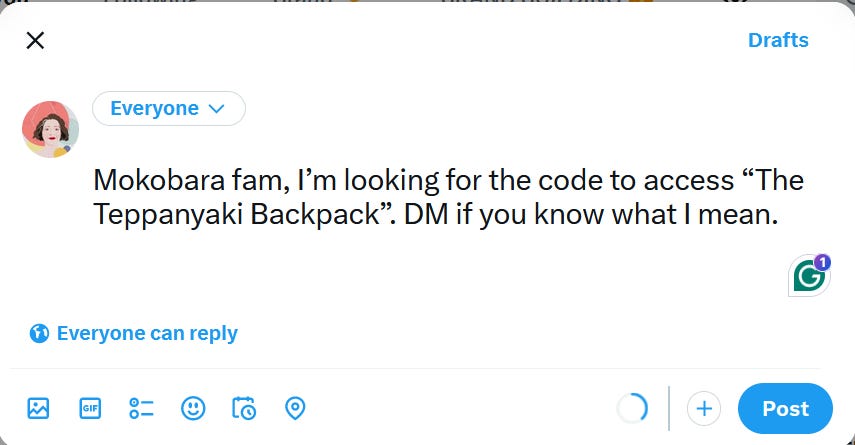
This blend of scarcity and social media buzz is a great playbook for their youthful audience.
Their latest collab is with Indigo is also ‘on brand’. They have designed a suitcase in the Indigo blue color and anyone carrying it is promised an extra 2kg allowance.
In summary, I love the consistency and clarity that shines through every aspect of their business.
The question now is how fast they can scale to $120 million.
Mokobara is not chasing bubble valuations. It is profitable, and it only spent Rs.16 crore ($1.93 million) on marketing last year.
“Building a consumer brand is a long journey. 20 years down the line me and my co-founder Navin Parwal may not be running the show, but the brand has to remain,” Sangeet Agrawal
They raised $12 million just last month, which they plan to reinvest into the business to reach a Rs.1,000 crore ($120 million) topline in the next 5-6 years.
Their playbook is so slick that I only have one build – turn the dial on what they’re already doing to full volume.
Here’s why.
It is a small player in a vast category – luggage is a Rs.20,000 crore ($2,409 million) industry, and Mokobara operates in the 30% mid-premium and premium segment.
A small brand has to make big moves to be noticed.
If its target audience is youth, its moves must be even bigger.
One, 10X the product technology
My first expensive suitcase—it cost Rs.16,000 ($193)—was a Samsonite, which I bought fifteen years ago. They claimed that it was the world’s first lightest suitcase, and it was. It packed in a week’s worth of travel clothes and yet was light enough for a person of my size to hoist into the overhead bin. Its wheels were smooth as butter, and its body was scratch-proof.
It was a pleasure to travel with.
What am I saying? It is still my preferred travel companion and feels as good as new.
I bought a Mokobara during The Great Indian Sale of 2022 because I had to travel to the US and needed a bigger suitcase. I also wanted cool-looking luggage, and Mokobara was my first choice.
There’s nothing wrong with my Mokobara. I travel with it whenever I have more stuff to carry.
But for regular short trips, nothing can make me give up my lightweight, trusted Samsonite.
When Mokobara launched, I felt it looked like a wow. On top of that, when I saw a charging port within the suitcase, I knew I wanted to buy it.
What’s the next innovation from the house of Mokobara that will elicit the same feeling of wow?
If Mokobara had to invent a 10X better product that would make me gladly give up my Samsonite, what would they invent?
Two, embrace travel content more ferociously.
Today, marketing is a conversation around passion points. And travel is as fertile a space as any.
Mokobara needs to jazz up the travel content space, as it jazzed up luggage through design.
If a tire company created the Michelin guide in 1900. What can a travel accessories company create in 2024 that recasts our travel conversation in a new avatar?
What do you think Mokobara should do to get to $120 million?
Thanks for reading.
Sources:
- https://thehardcopy.co/mokobara-brand-case-study/
- https://www.aboutamazon.in/news/retail/interview-with-d2c-startup-mokobara
